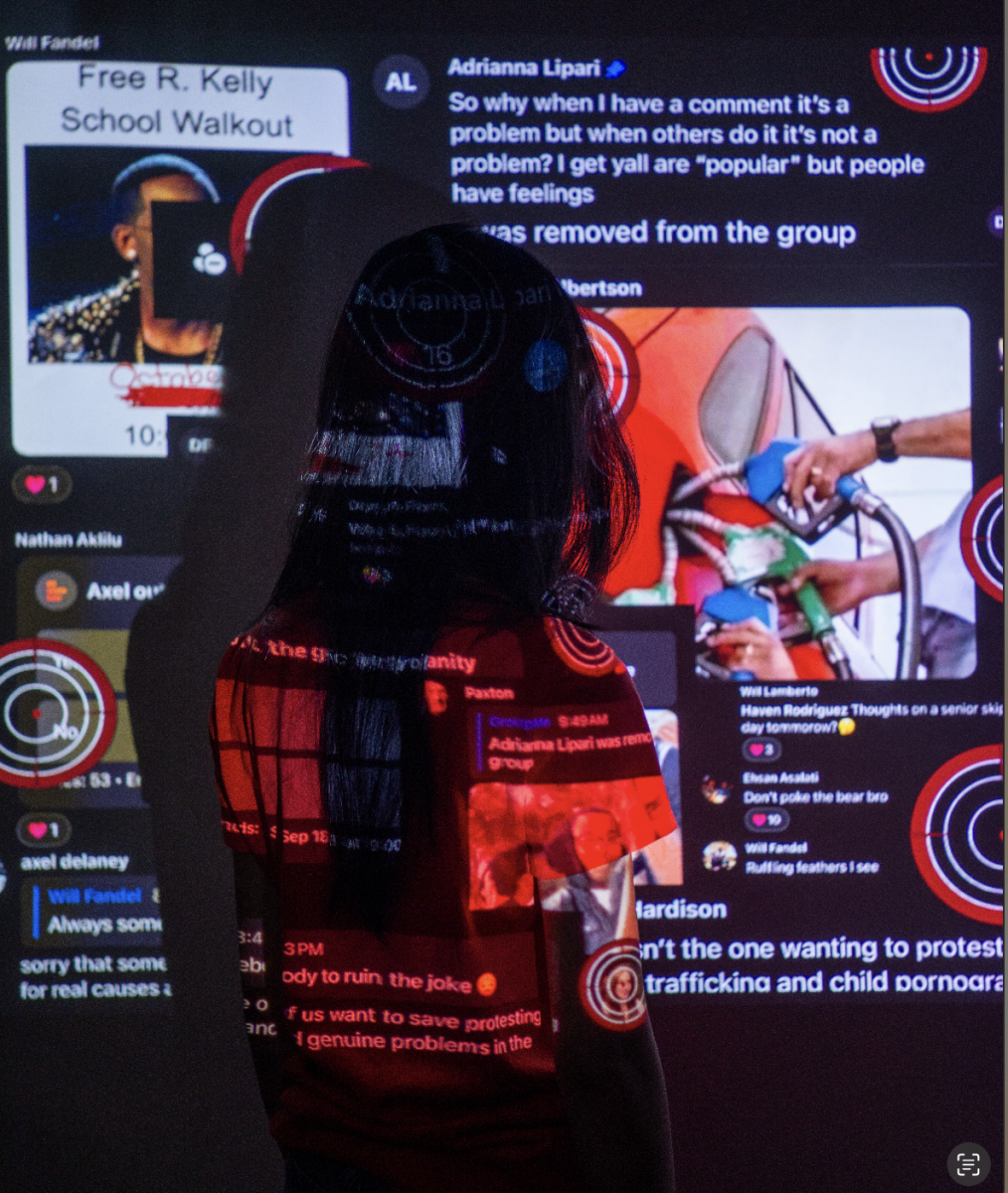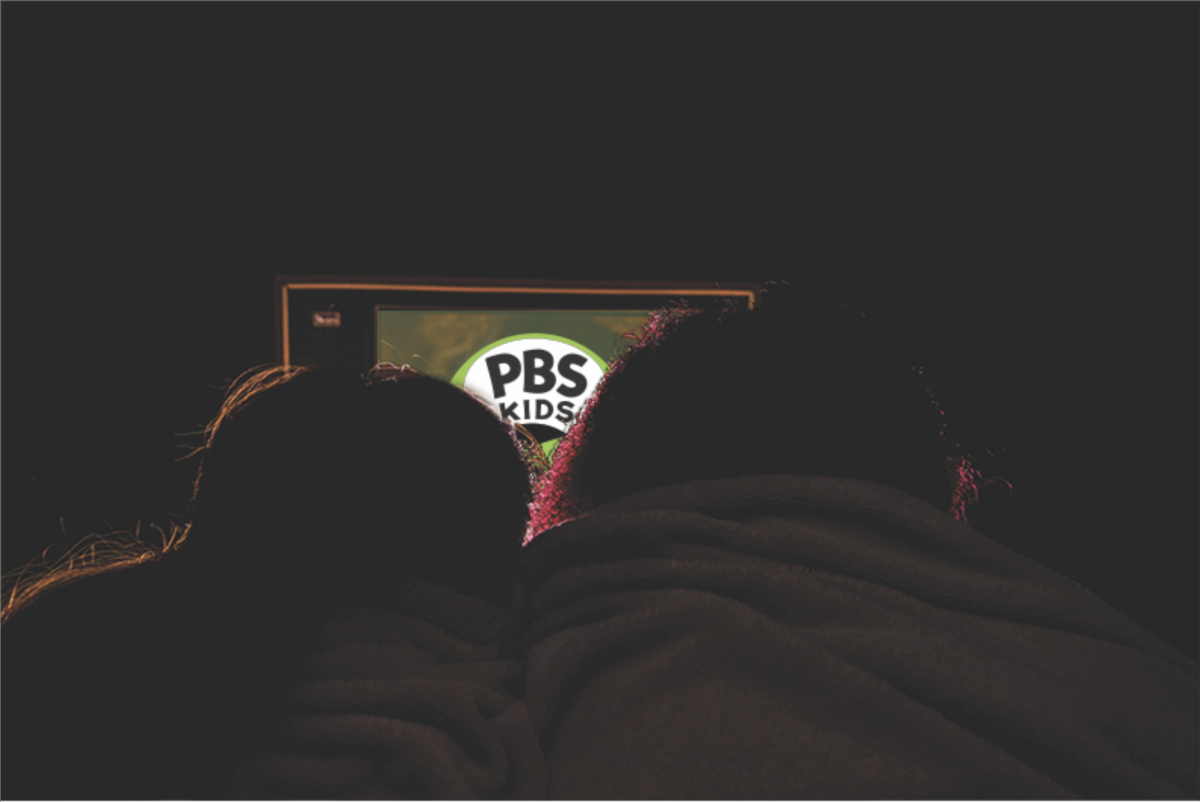The invention of Facebook, the ubiquity of texting and the terrorist attacks of 9/11 were all significant events that shaped today’s youth. These same people may not realize some of the “smaller” events have had just as large an impact.
9/11 (Sept. 11, 2001): Aside from dealing with increased airport security, the 9/11 tragedy left indelible marks on Americans, both those alive at the time and future generations. Approximately 20 percent of Americans knew a person who was injured or killed in the attacks. Nearly 3,000 citizens, along with 343 emergency responders, were killed in the attacks. Military spending to aid the War on Terror and increasing gas prices marked the longest post-WWII recession in America’s history.
www.timeoutchicago.com
Facebook/Twitter invention: Facebook, launched in Feb. 2004, has 845 million monthly active visitors and accounts for one in five of all page views on the Internet. Twitter was launched July 2006, and now has more than 465 million active accounts, with 1 million new accounts created every day. According to a reportermag.com article, the average teen spends four hours a week working on homework, compared to 31 hours online.
www.bloggingbistro.com
www.mashable.com
Languages dropped from Shawnee Mission elementary schools: According to the director of education for the American Council on the Teaching of Foreign Languages, teaching foreign languages in grades K-12 is critical to students as they prepare to work and live in a global society. The peak window for learning a foreign language is from ages 9-10, and if children don’t begin studying languages then, they lose the ability to be easily fluent as an adult.
www.actfl.org
No Child Left Behind (Jan. 8, 2001): Standardized testing has become a concern for students and teachers nationwide since the No Child Left Behind Act was passed by President George W. Bush. For schools to receive government funding, students each year must score better than the previous year’s students on statewide tests to meet adequate yearly progress (AYP). Now, teachers must teach “to the test” so that schools retain accreditation and funding. www.wikipedia.com
Cyberbullying laws: In 35 states, cyberbullying legislation has been passed in relation to the safety of students in schools. It is defined as “the willful and repeated use of cell phones, computers and other electronic communication devices to harass and threaten others.” In the Shawnee Mission School District, students are asked to report cyberbullying, and it will be treated as a regular bullying situation.
www.ncsl.org
Columbine safety requirements (April 20, 1999): Code Red drills have been the norm since the Columbine shootings more than a decade ago. According to the Institute of Education Sciences, in the 2007-08 school year, 90 percent of schools controlled access to school buildings by locking or monitoring doors during the school day. Forty-three percent reported they have an electronic notification system for a schoolwide emergency. Each SM high school has its own safety hotline, and campus police and school resource officers follow up on any reports.
www.nces.ed.gov
Cell phone family plans: When cell phones first became available to the public, they were geared toward business people, used mainly for professional matters. Now students as young as elementary age are texting on low-rate family plans. In a Pew Internet Research survey, 75 percent of all teens aged 12-17 owned cellphones.
communicationstudies.com
Failing economy: In 2001, a $128 billion budget surplus was reported; now, the national debt stands at more than $15 trillion. On Sept. 1, 2001, gas was at a national average of $1.53 per gallon; last week, the average was $3.89. Before the terrorist attacks of 9/11, the economy seemed to be flourishing for the first time in decades. But, since then, the national unemployment rate has risen by 5 percent, and the average cost of housing has increased by nearly $20,000.
money.msn.com
Computers in high school curriculum: In 1983 the National Commission on Excellence in Education recommended computer science as a requirement for high school graduation. Since then, it has become almost impossible for students to pass the majority of their classes without an extensive knowledge of computers, the Internet and basic software systems. More than 40 classes in the SMSD curriculum require students to use computers on a nearly daily basis, and all middle and high school English and social studies classes expect students to be able to do Internet research and use Microsoft software. Most teachers assume students have access to computers outside of school. www.ehow.com
First reality TV show (1992): The beginning of reality TV came with the premiere of The Real World and hit it big with Survivor. In 2000, there were four reality shows airing on television; in the next decade, according to screenrant.com, that number grew to 320 shows. In a Girl Scout Research Institute survey of more than 1,100 girls, ages 11–16, nearly 50 percent of participants said they were regular viewers of reality TV shows.
www.girlscouts.org
First text-messaging phone: In 1992, the first text message was sent by Neil Papworth from a computer keyboard. Nokia released the first phone with a full QWERTY keyboard in 1996. Even though texting was not popular during the 1990s, the number of cellphones and texts sent per day have increased astronomically. In a Pew Internet Research study, 72 percent of teens aged 12-17 text to communicate. Of these teens who text, 54 percent text daily, and 33 percent send more than 100 texts per day.
www.communicationstudies.com




